IN THE NEWS: Montana State University Highlights Two Decades of Wildlife Crossings Research
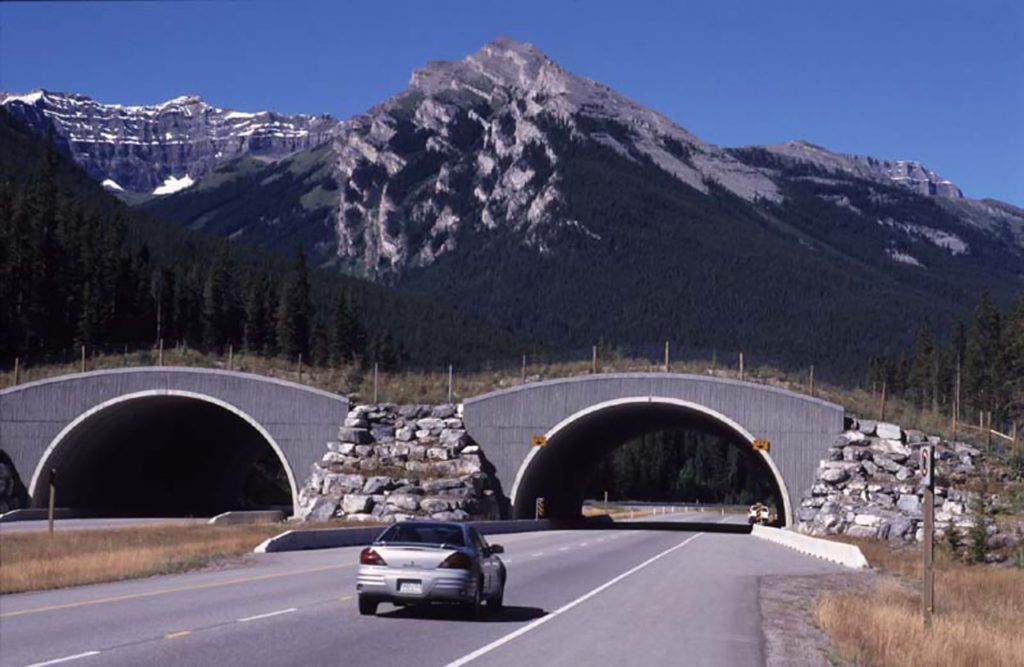
In a follow-up to last week’s New York Times article, Montana State University News published a feature article summarizing WTI’s long history of researching and advancing wildlife crossing structures. Starting with the first report to Congress on wildlife vehicle collisions in 2006, the article also highlights WTI’s long-term research on the effectiveness of wildlife crossing […]
IN THE NEWS: City of Bozeman Awarded Grant for Park and Trail Planning
The Bozeman Daily Chronicle reports that the City of Bozeman has received a planning grant from the Safe Routes to Parks Activating Communities. “Bozeman partners with HRDC to hire part-time help for parks planning” describes the collaboration between the City, the Human Resources Development Council, and WTI to gain more input from the public on […]
NEW PUBLICATION: Forest Service Releases Report on Wildlife Crossing Structures
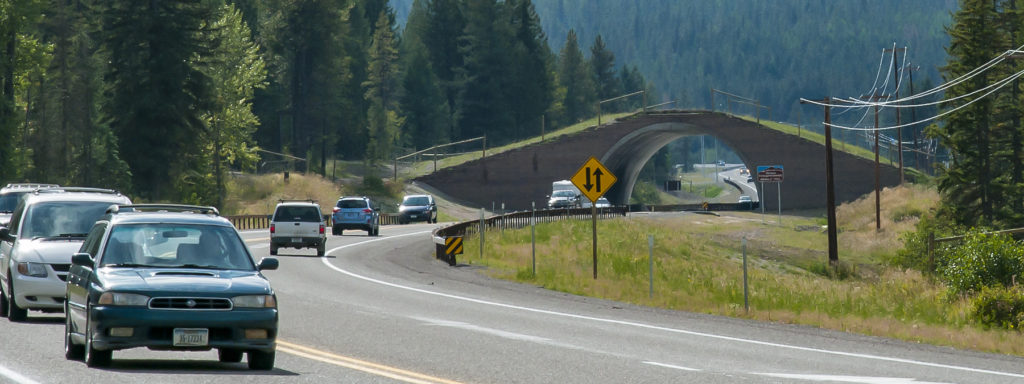
The United States Forest Service (USFS) has published Highway Crossing Structures for Wildlife: Opportunities for Improving Driver and Animal Safety. The report is the result of a seven-year collaboration by USFS, WTI, ARC Solutions and additional federal, state, and private agencies, combining the work of a team of engineers, ecologists, biologists, landscape architects, and policy […]
SUMMER IS HERE – Time for Transportation Camp!
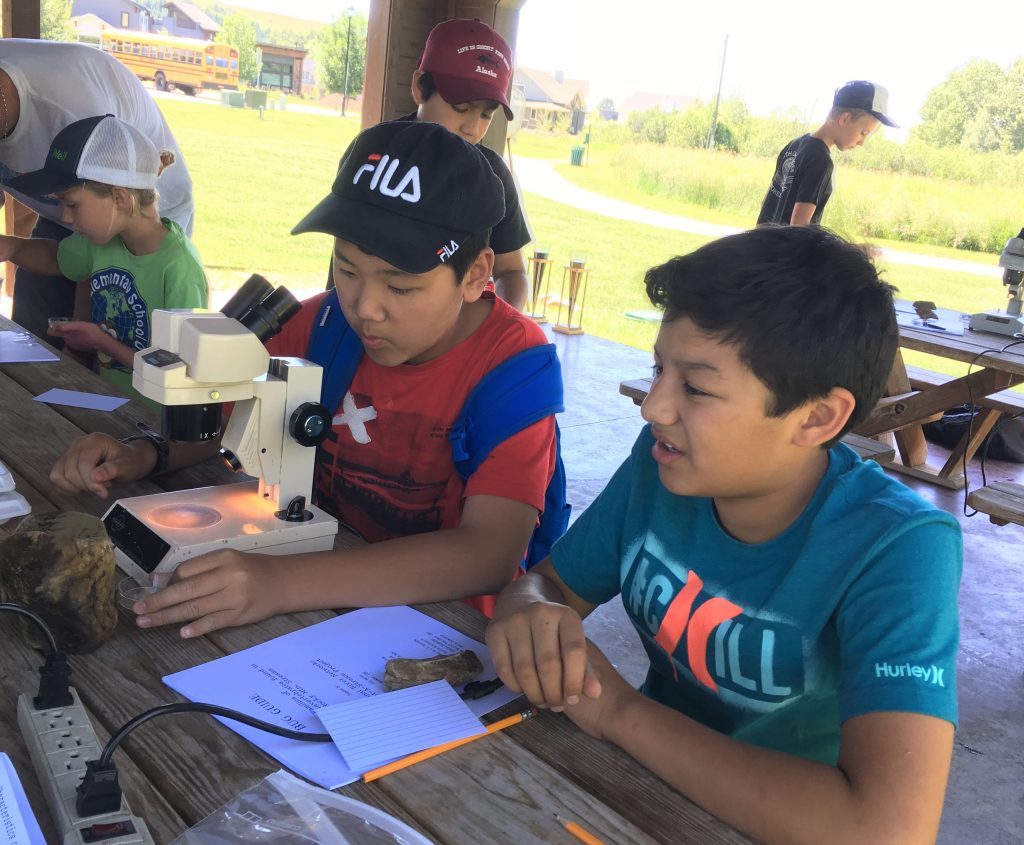
WTI is excited to announce two upcoming sessions of the Summer Transportation Camp at Montana State University – free weeklong camps for middle school students. For: Middle School students (entering grades 6-9 in Fall 2021) What: Two weeklong camps at the MSU Western Transportation Institute (9am – 3pm) to get everyone moving. Each day camp […]
IN THE NEWS: New York Times Showcases Video of Wildlife Using Crossings
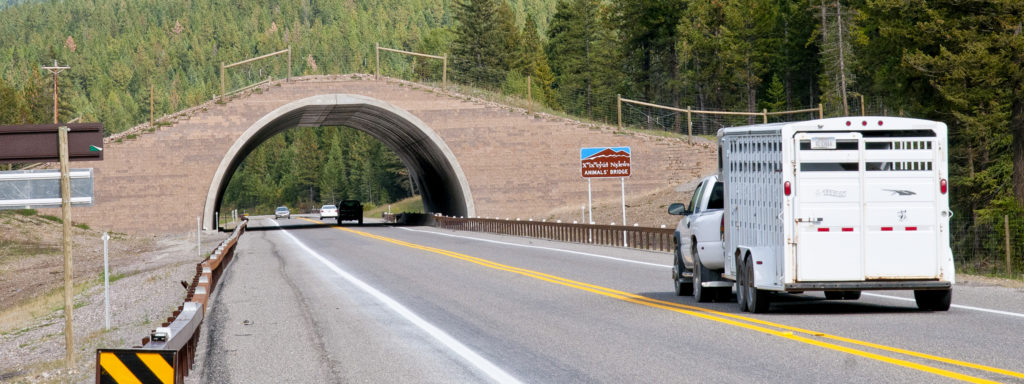
The New York Times has posted an online feature article highlighting excellent footage of wildlife using various forms of highway crossings. “How Do Animals Safely Cross a Highway? Take a Look” includes footage of a herd of antelope crossing a highway in Wyoming; moose, bear, wolves and deer using crossings in Utah; and an alligator […]
IN THE NEWS: Embracing Biodegradable Erosion Control
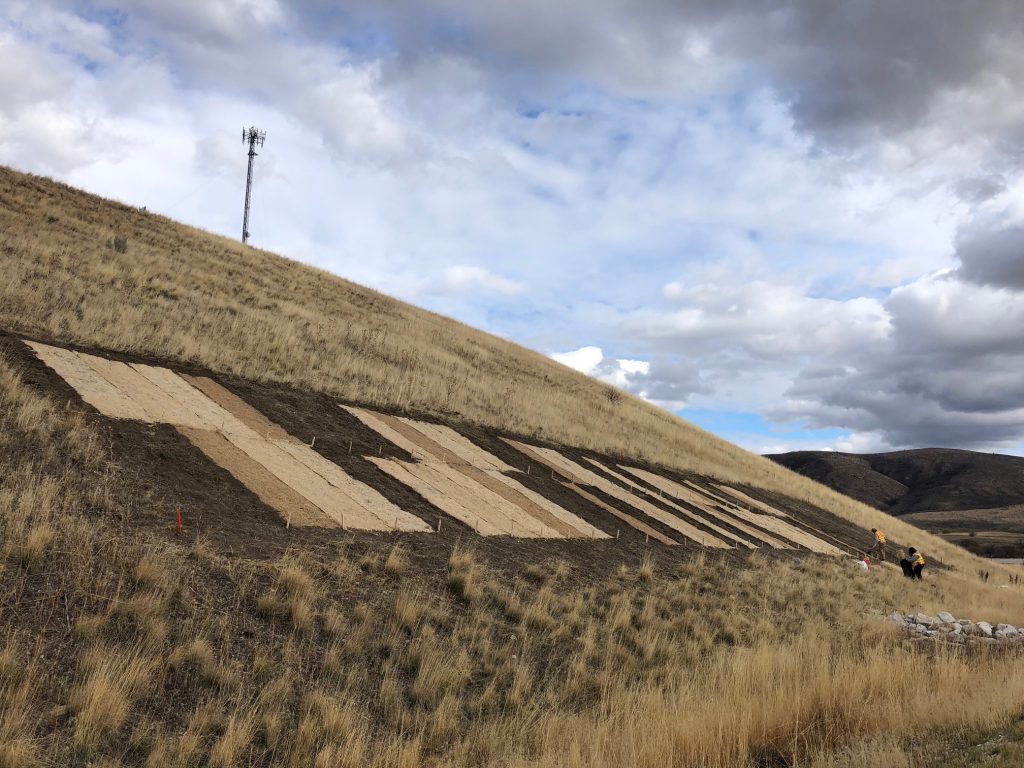
Stormwater Magazine recently interviewed WTI Road Ecologist Rob Ament on advancements in the use of environmentally friendly products for erosion control. “Saving Mowers and Wildlife” highlights state departments of transportation that are working to replace plastic netting used on roadsides with flexible, biodegradable options. In the article, state DOTs report benefits such as reduced need […]
